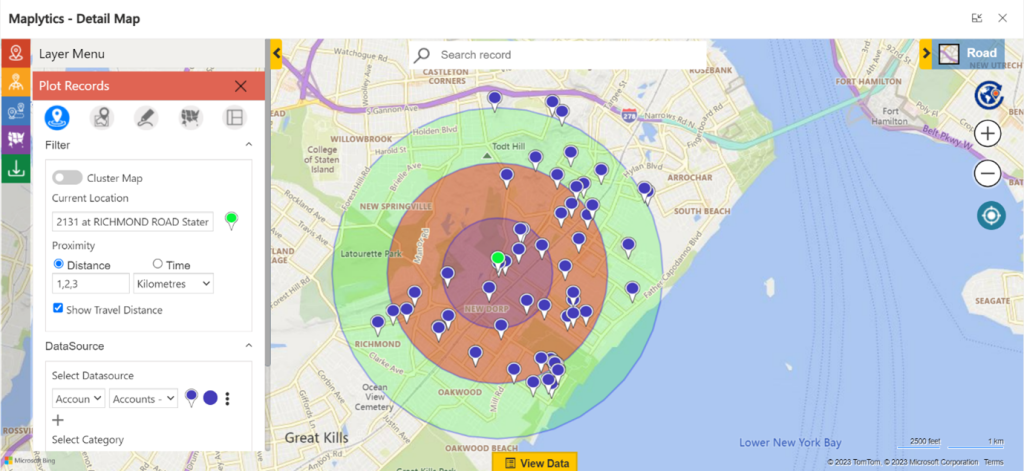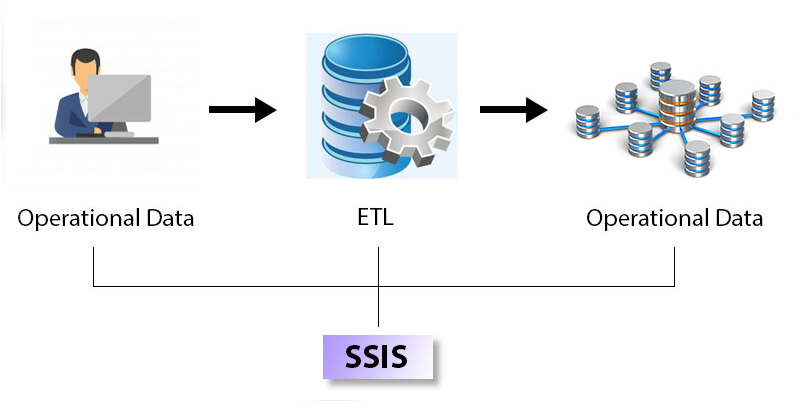Why Your Company Needs an Incident Response Plan
Before I bash you over the head with all the reasons your company needs to have an Incident Response Plan, let’s outline what exactly it is. Incident Response Plans are outlines designed to prepare your company in the case of a data breach or some other cyberattack. No one wants to think about the possibility of losing money or productivity but the reality is that being ready for an attack is a crucial part of network security. You can spend all your time and resources making sure that your network is airtight, but what happens if that fails? Where do you go if your data has already been compromised? What do you do? The best course of action is to prepare for these scenarios before they ever happen. This is where Incident Response Plans are key. Well-secured companies make sure data breaches never happen; the most secure companies know what to do if they do happen.
Three Tenants of Cybersecurity
But what do Incident Response Plans Include? What makes a good one? How do I go about making one? These questions will be answered, but first define the reasons why they are crucial to any well secured network. The pillars of cybersecurity are defined by a few tenants.
- First, you want to make sure people who you do not want in your network can’t get into your network. Frontend protection. Firewalls, secure passwords, proper employee training are all encompassed by this idea of frontend protection. You must make sure that the gate to your property is locked, so strangers can’t just waltz in.
- Secondly, you must be able to detect any intrusions. A Ponemon 2017 Cost of a Data Breach Study shows that it takes, on average, 6 months to discover a data breach within a company. By time it gets noticed, millions of dollars in valuable data could be lost, stolen, or tampered with. That is a death sentence for any company that manages sensitive data like Personal Health Information or Personally Identifiable Information. Having capable detection system crucial in case undetected malware infiltrates the frontend.
- The third aspect is a plan of action in case things go wrong, an incident response plan. These plans may seem unnecessary if you never plan on having a security breach, but they are absolutely necessary in the unlikely chance there is one. Planning for the worst could end up saving your company thousands of dollars.
The Incident Response Plan – What’s Included?
What should you include in your incident response plan? It can be difficult to establish concrete criteria that all incident response plans require. But, generally, a good incident response plan includes the following:
Assign Security Roles
Identify and assign specific roles to employees, layout specific guidelines to follow to prevent or respond to attacks, setup proper employee training to handle certain situations, and keep records of employee/outside activity within your network. Create roles in your organization to monitor your sensitive information. Roles could include assignments like monitoring access to data, keeping logs of employee sign-ons, and conducting regular audits. These are just a few examples roles you can fill within your organization. When assigning roles to employees, it is important to choose those who are qualified enough to know what to look for. Your IT department should understand what they need to look for to maintain an airtight network. These jobs may seem redundant and/or unnecessary, but to run a secure network, these extra steps are essential.
It is better to be over-prepared than under-prepared. Having specific guidelines to follow in the case of a breach makes sure of just that. If/when a breach occurs, making sure employees know exactly what to do can reduce panic and may remedy the situation quicker. Having a definitive direction and plan when disaster strikes may help mitigate the total cost in damages.
Employee Training
It is also crucial for your regular employees to have knowledge on how to keep their information secure and proper data management habits, especially when dealing with sensitive information. That is where proper employee training is key. Most data breaches are a result of internal human error. According to a 2017 study by Keeper Security and the Ponemon Institute, in finding that small- and medium-sized businesses are a huge target for hackers states the number one cause of data breaches is negligent employees being careless with sensitive data. Proper training and practice is crucial to minimizing the chance of this happening to your company.
Auditing and Monitoring
Audits of log files will help you notice suspicious anomalies as quick as possible to reduce the chance of a cyber attacks causing massive amounts of damage. Regular check-ups ensure that any suspicious activity within your network is detected and reported immediately.
Above All, Be Prepared
Incorporating these main ideas into your incident response plan should help you be prepared in case the unthinkable happens. Hopefully these points helped you better understand what an incident response plan is and will inspire you to do your own research into making one. No one plans to have their corporate data stolen, but it is important to be prepared in the likelihood it does. An incident response plan will increase your company’s resilience to data breaches and other cyberattacks that could otherwise cripple your network.











No comment yet, add your voice below!